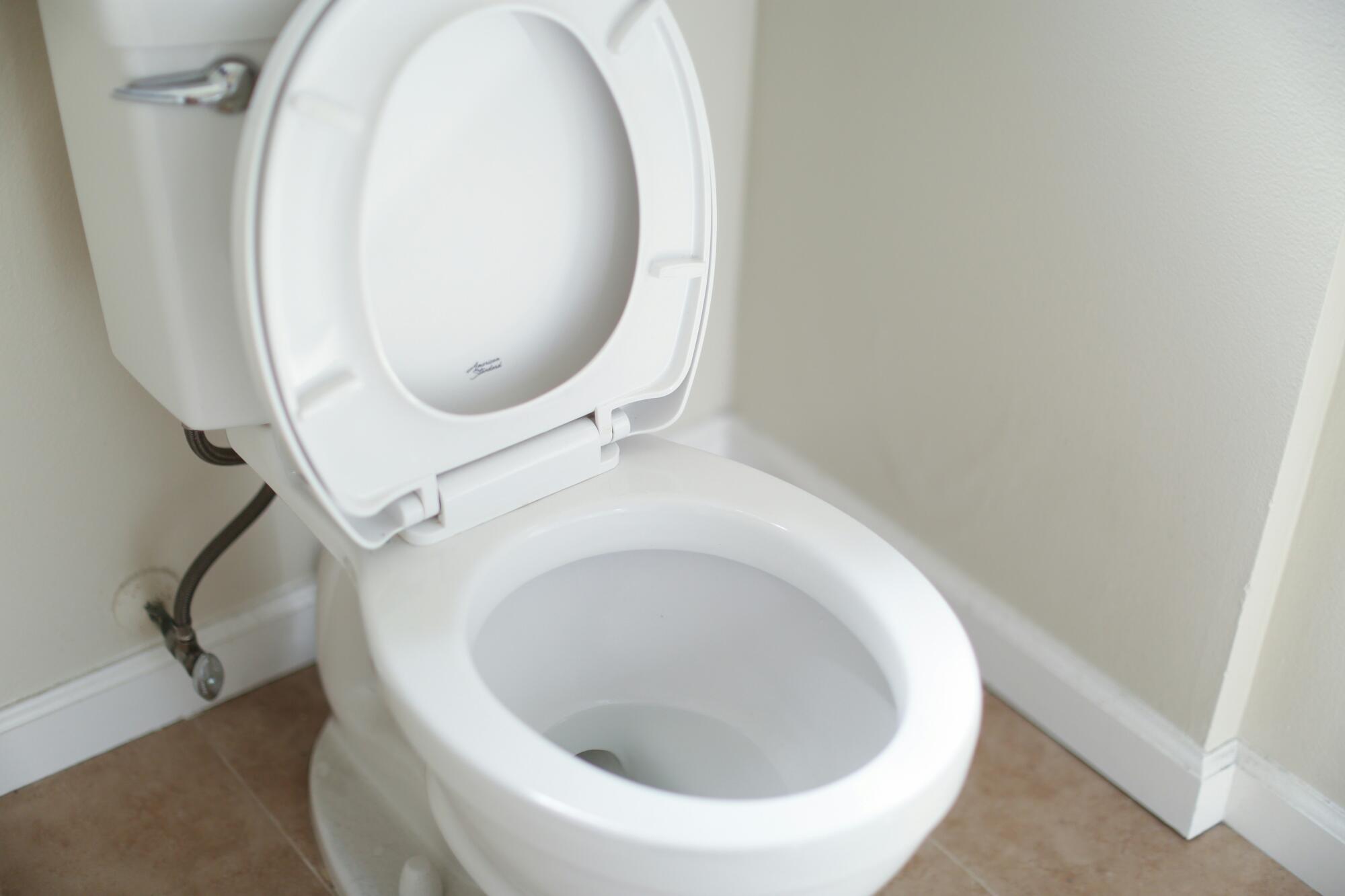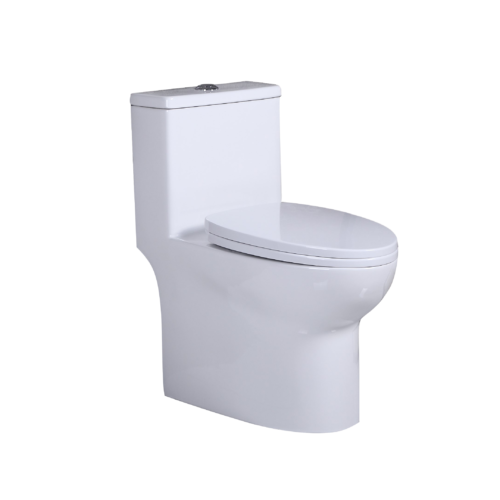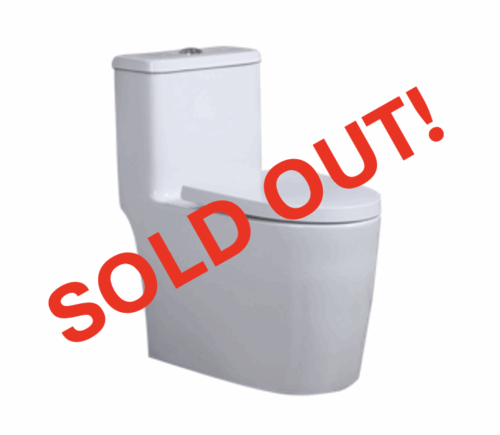Flushing the toilet is a simple, everyday task that you might overlook.
Yet, behind each flush lies a complex system of pipes, valves, and traps that work together to efficiently remove waste and maintain a hygienic bathroom environment.
Understanding what happens when you flush a toilet can help you appreciate the technology that keeps your bathroom clean and functional. Here’s a breakdown of how toilets work.
1. Activating the Flush Mechanism
Pushing the flush handle or button initiates the movement of water needed to carry waste away. This process typically involves either lifting a flapper or opening a valve.
Once the flapper or valve is lifted, water rapidly flows from the tank into the bowl. According to the Environmental Protection Agency, residential toilets have become more water-efficient, using 1.28 gallons per flush or less without compromising performance.
The water creates a strong force that pushes waste and used water through the bowl and into the ventilated trap.
The trap is a key part of the waste removal system, as it helps ensure efficient waste removal and prevents sewer gases from entering your bathroom, causing it to stink.
2. The Trap and Siphon Effect
As the water exits the bowl, it creates a siphon effect. The shape of the trap, combined with the force of the water flow, helps pull the waste and water through the pipes and into the home’s plumbing infrastructure. This siphoning action is essential for removing waste thoroughly and preventing clogs in the system.
This part of the flush mechanics demonstrates the human ingenuity behind today’s residential toilet designs.
3. Refilling the Tank
After the flush, the tank needs to refill with water to prepare for the next use. The flush handle or button’s action also triggers a fill valve to open, allowing water to flow into the tank.
As the tank refills, the float mechanism (often a ball or a cylindrical float) rises, signaling the fill valve to close once the tank reaches the appropriate level.
4. The Role of the Overflow Tube
The overflow tube is a crucial component in the tank that prevents overflows and water damage.
If the tank fills too quickly or the float mechanism fails, excess water is directed into the overflow tube and down into the bowl. This prevents water from spilling over the tank and causing potential flooding.
The overflow tube is a safety feature that helps manage the toilet plumbing process effectively and protects your bathroom from damage.
5. Post-Flush Operations
After the tank has been refilled, the flush process is complete. The system returns to its standby mode until the next flush. The flapper or valve in the tank closes, and the water in the bowl settles back to its normal level.
Learn More About What Happens When You Flush a Toilet With EcoAir
Understanding what happens when you flush a toilet combined with proper care of the flush components can help prevent issues and ensure that your toilet operates smoothly.
Need a new toilet for your bathroom? Consider the high-quality, odorless toilets that EcoAir offers.
Explore our collection to see your options.



